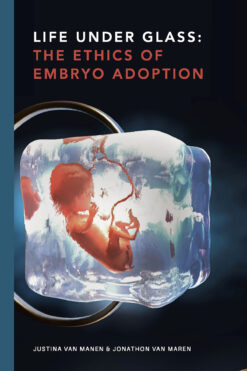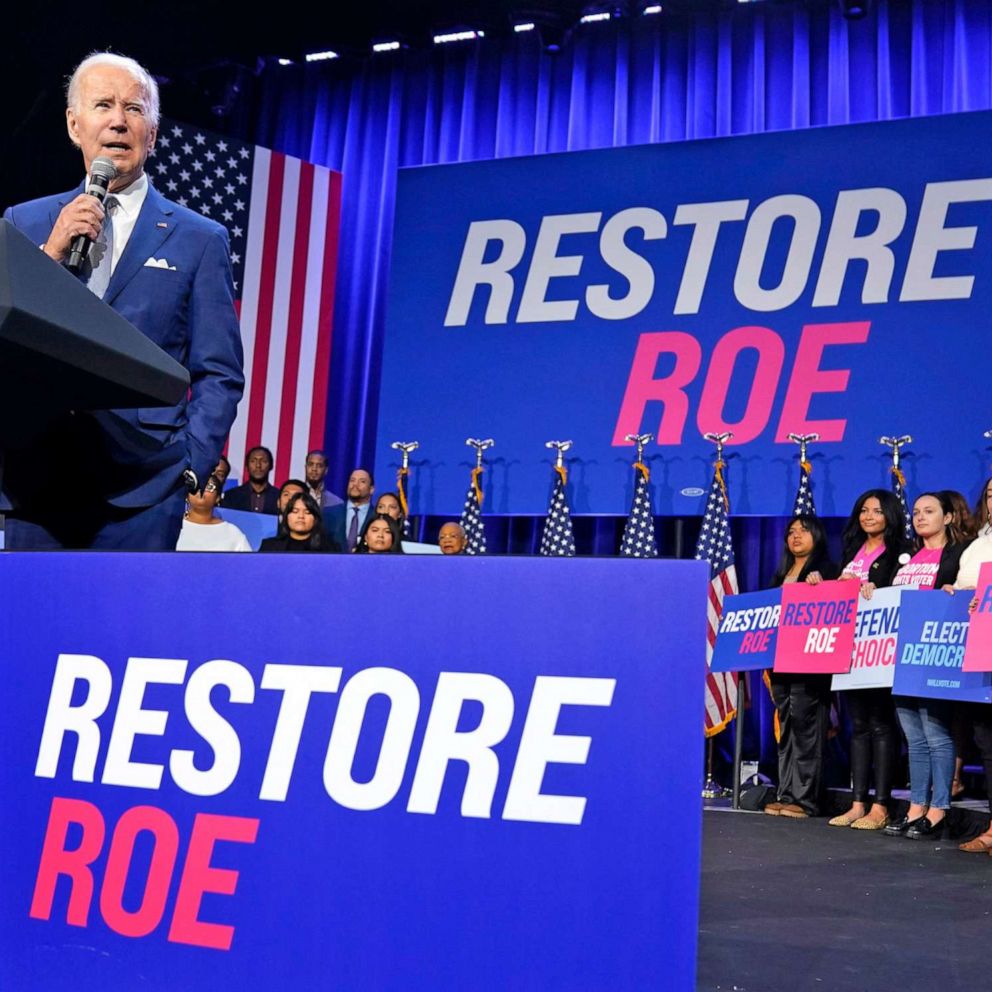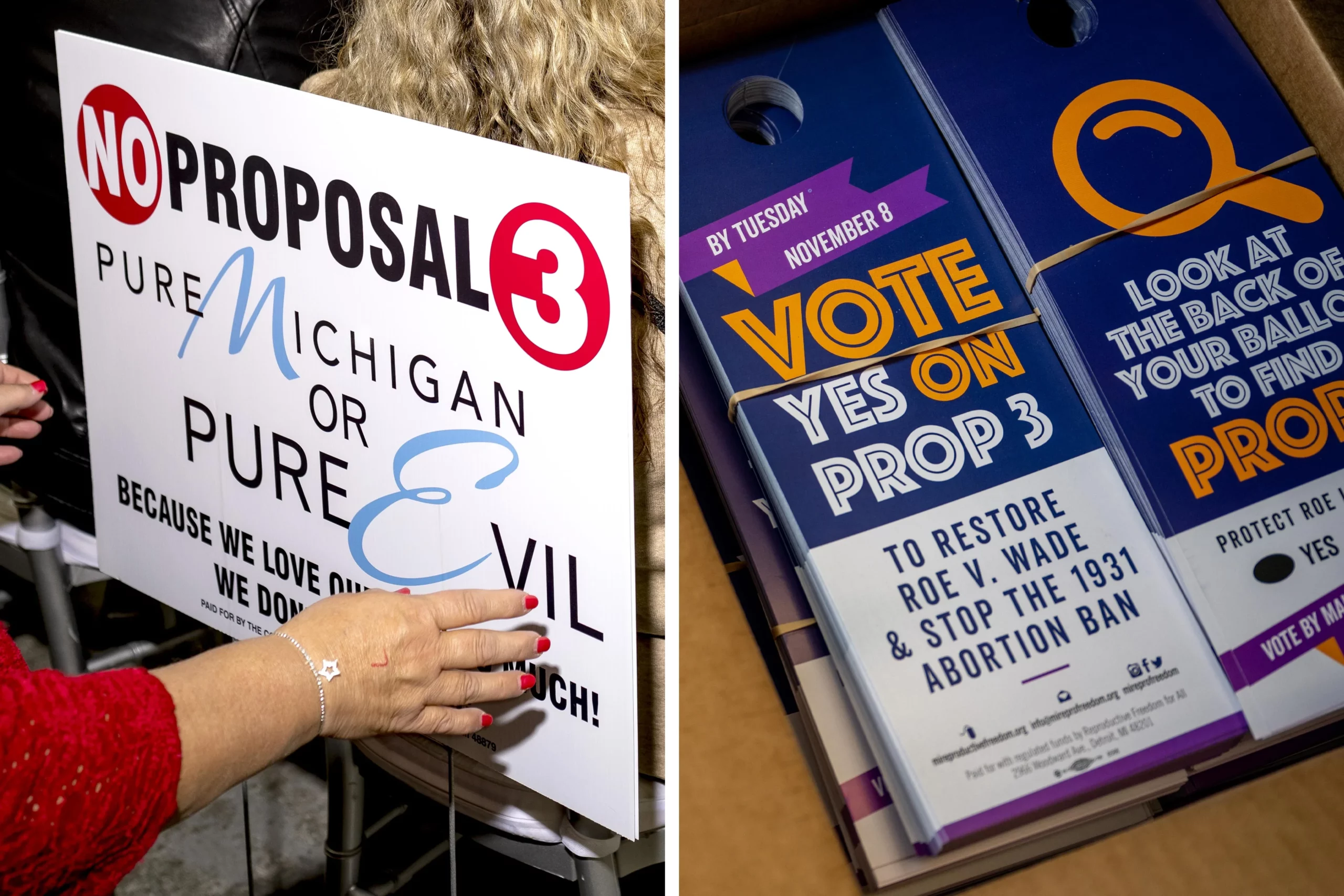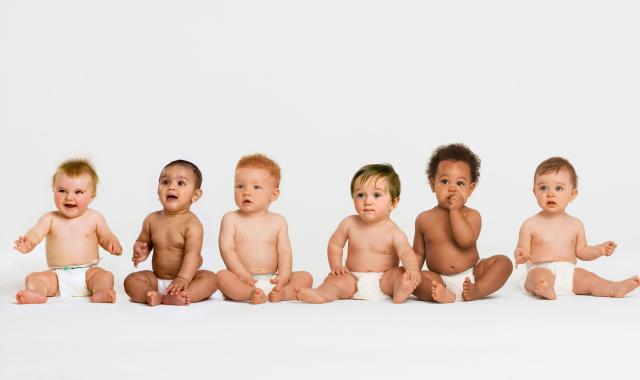Subtotal: $10.00
Abortion, International Politics
South America’s Populist Pro-life Movement
In 2022, 62% of voters in Chile rejected a pro-abortion constitution backed by the country’s young leftist leader, 36-year-old President Gabriel Boric. The new 388-article constitution, drafted by a constituent assembly, would have locked many progressive agenda items into law, including the legalization of abortion as a fundamental human right. In November of the following year, pro-lifers triumphed again in Peru with the passage of Law No. 785, which affirmed that life begins at conception and recognizes the right to life of unborn children.
The American pro-life movement is internationally renowned due to its outsize influence on U.S. politics and the consequent overturn of Roe v. Wade; European pro-life movements are less well-known, but still receive occasional press coverage. The growing “Light Blue Wave” movement in South American and Latin America, however, is largely unknown in the West despite its size and growing political influence. It is perhaps the only continental populist movement the mainstream media is disinterested in covering.
The Blue Wave movement began in 2018, when pro-life and pro-family forces converged in response to attempts to legalize abortion in Argentina by abortion activists who referred to themselves as the “Green Wave.” From Chile to the Dominican Republic, huge crowds poured into the streets sporting blue bandanas, waving banners, hoisting balloons, and setting off blue smoke bombs. The aesthetic was as potent as their mobilizing power. In the months leading up to the 2018 senate vote on abortion in Argentina, pro-lifers mobilized millions, and wearing blue became, one activist told me, a “sign of resistance.”
Their slogan is simple: “Save Both Lives.” The Blue Wave movement is a continental, grassroots backlash against Western-funded abortion groups. One powerful photo captured the symbol: a young woman, her fist thrust in the air, a blue bandanna tied about her wrist. Pro-lifers gathered a million signatures opposing abortion legalization; abortion activists managed only 70,000. During one day of action, a staggering 3.5 million people marched in the streets across the Argentina—footage of these marches show a sea of joyous, breathtaking blue:
As Camile Duro, a young Argentine pro-life activist, told me:
We were able to consolidate as a movement and we acquired an identity. We’re more connected, and we need to work hard to see our ideas represented in the public and in politics. This blue flag isn’t a whim. We’re fighting to see a Culture of Life in our countries, and we need to be in this together. There’s a new pro-life generation that wants societies without abortion and respect for all human life.
María Amelia Moscoso Cardoso, a pro-life activist and lawyer, told me that during the fight to block abortion in 2018 it “became clear that the main organizations promoting legal abortion in Argentina were financed internationally; IPPF (International Planned Parenthood Federation), Casa Fusa, Fundación Huésped, Amnesty International, Catholics for Choice; undoubtedly, international pressure has played a big part in this debate.” Pro-lifers outnumbered abortion supporters by a vast margin, but Western money poured into abortion activist coffers.


 Life Under Glass: The Ethics of Embryo Adoption
Life Under Glass: The Ethics of Embryo Adoption 





